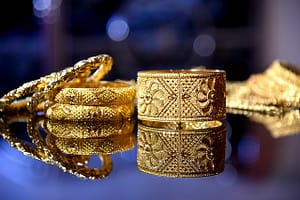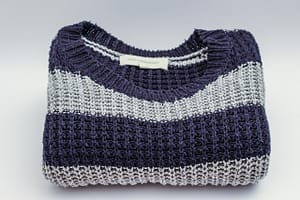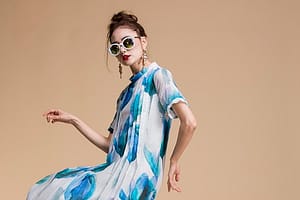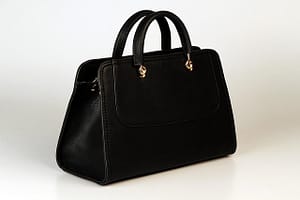
Outfits picture of a Muslim woman and her distinctive outfit is well-known to most people. Many people are unaware that Muslim men are expected to dress modestly as well. Traditional attire worn by Muslim males varies from nation to nation, but it always adheres to the Islamic dress code’s modesty rules. We also employ a variety of fabrics to give the clothes a unique look.
Men and women alike are encouraged to practice Islamic modesty, according to the religion. Modesty is at the heart of every piece of traditional Islamic clothing worn by males. The garments are loose and long, covering the entire body. Emirati attire is a source of national pride, serving as a visual representation of the country’s rich history, culture, and religion. Emirati men’s clothing options will be discussed in this article. For those in the textile or fashion industry or fabric manufacturing, this piece has all you need to know. Anyone can use this article to learn about different types of clothing.
Thobe
Muslim males wear a long garment called a thobe. Ankle-length and flowy, the top is typically cut like a shirt. When it’s cold outside, you’re more likely to see it in a variety of colors, including white. The dishdasha, as worn in Kuwait, or the kandourah, as seen in the United Arab Emirates, are two terms for variations on the thobe.
As for the thobe, you can use cotton for everyday wear or polyester or silk for special occasions. The traditional turban of the United Arab Emirates is a plain white turban paired with a red and white scarf. There is no need to explain the beauty and elegance of this clothing.
Ghutra and Egal
It’s a square or rectangular headscarf with a rope band (typically black) to keep it in place, which is worn by males in the Middle East. Red/white or black/white checks are seen on the ghutra (headscarf). As a shemagh or keffiyeh, this is known in several places. You can skip the egal (rope band). Men who are particular about the appearance of their scarves may spend considerable time and effort ironing and starching them before wearing them.
A country like Saudi Arabia must understand this. This outfit would look great in checked cotton fabric.
Bisht
The bisht is a more formal men’s cloak than the thobe and is often worn over it. On special events like weddings, it is traditional for high-ranking government or religious figures to wear turbans.
A bisht is traditionally worn as a mark of respect at religious ceremonies such as marriages, festivals such as Eid, or al-Jumu’ah or Salat al-Janazah, if it is considered appropriate. If you’re an official, you’re likely to wear it over your thawb, kanzu, or even your tunic. Bisht is woven using spun fabric manufactured from camel’s hair and goat’s wool, which is ready to be employed in the weaving process. In the summer, the fabric uses a softer yarn, whereas in the winter, it uses a coarser-haired yarn.
Serwal
Under the thobe or other men’s robes, these white cotton slacks and a white cotton undershirt are worn. They can also be worn as pajamas on their own. A drawstring or an elastic band adorns the waist of Serwal. Mikasser is another name for the garment.
Shalwar kameez
Men and women in the Indian subcontinent wear long tunics over loose pants in matching outfits. Kameez refers to the tunic element of the ensemble, whereas shalwar refers to the pants.
Are you going to outfit a hot summer event? Let go of your heavy Paithani suits and Bandhgalas, since this cool cotton men’s Salwar Kameez suit is here to stay! Wear a simple salwar kameez. Besides the modest thread work on the collar, the costume has a golden button panel on the chest to complete the look. The white or the same color salwar will look wonderful with this top.
Izar
Wrapped around the waist and tucked in, this sarong-style band of patterned cotton cloth is a stylish statement in its own right. Several countries in the Middle East and South Asia use it regularly, including Yemen, the United Arab Emirates, Oman, and sections of the Indian subcontinent.
After a little practice, wearing an Izar becomes a piece of cake for most people. We strongly advise you to get proficient in the following technique if you want to keep it from collapsing.
It’s best to open and close your Izar from both ends so that you can keep your hands free. When you’re finished, simply pull the fabric tight around your waist and tie it in the back if it has strings.
Turban
The turban is a long, rectangular piece of cloth that is worn around the head or over a skullcap and goes by many different names around the world. Each location and culture has its unique way of folding the cloth. Many males in the Middle East and North Africa wear turbans as part of their cultural attire.
A sultan-like image can be achieved by wearing a crimson turban and a black suit. For individuals who wish to project a strong image, this is a must-have. The turban is traditionally made of white cotton or other light cloth. However, the hues can be altered to suit the individual’s taste in outfits.
How to dress in the UAE as a tourist
Visitors to the UAE are not expected to dress as modestly as Emirati women, although it is nevertheless recommended that they do so. If you want to be modest, you should keep your clothing as loose as possible, up to your knees. If you’re not dressed adequately, you’ll probably get some strange looks, which can be awkward. You may be asked to dress more conservatively by authorities in extreme instances.
If you need further protection, a light scarf can come in handy, but unless you’re entering a religious or government building, you shouldn’t need to cover your head with one. Religious and historic areas also demand more modest attire, such as covering the arms, shoulders, and lower legs. Men should also wear long sleeves and long pants to cover their shoulders and ankles.
Conclusion
From the above-mentioned post, I hope you are clear about the Middle East’s men’s dress. Different kinds of outfits work for different occasions. You can pick any fabric to sew them as per your preference, but as per the weather, it is advisable to choose cotton or natural fabric outfits.
To get these outfits, you can try Fabriclore, as we offer a wide range of fabrics, including cotton, linen, muslin, seersucker, taffeta, etc.





